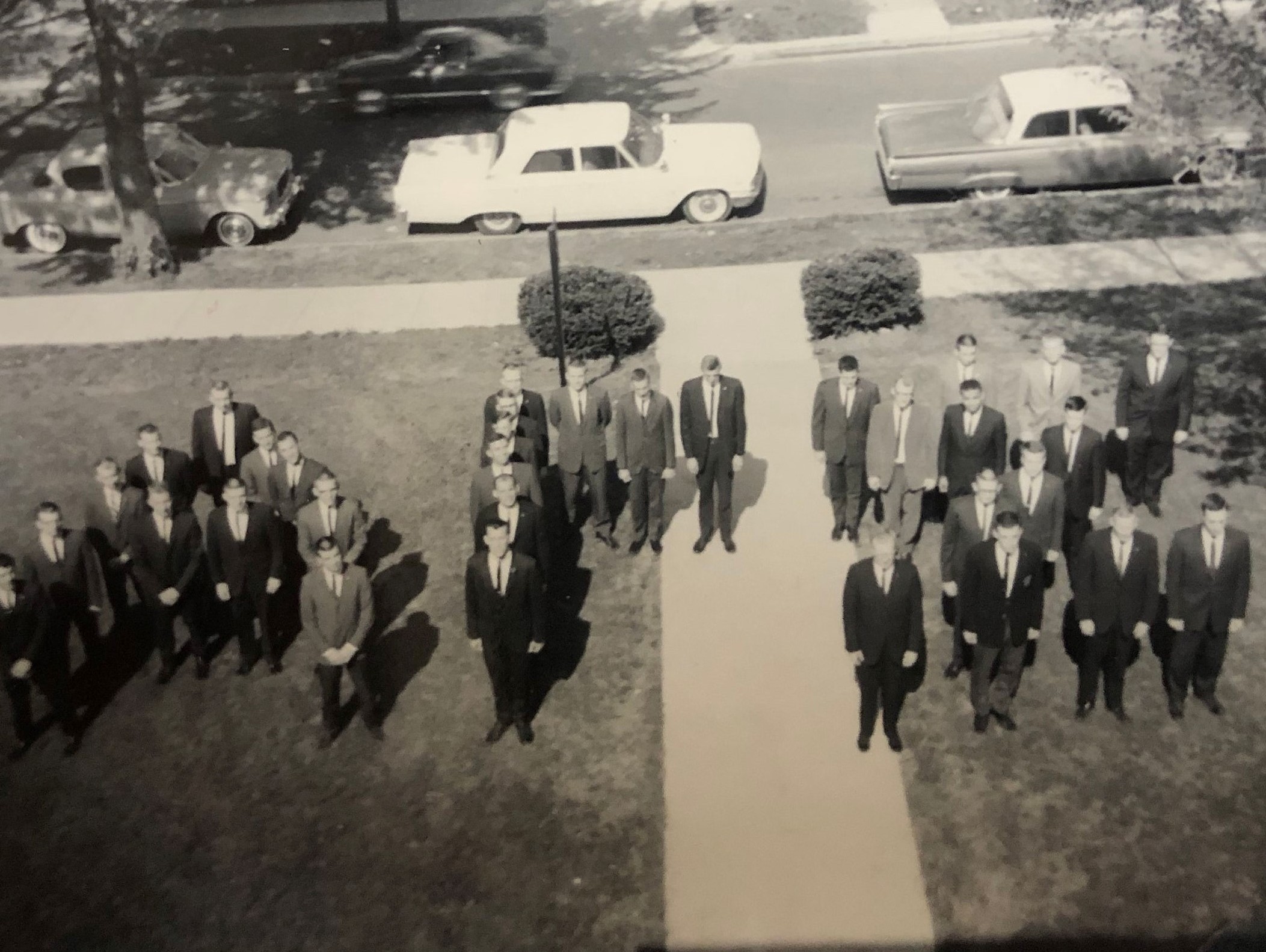The History of Alpha Gamma Sigma
The professional agricultural fraternity, Alpha Gamma Sigma, was first organized as a local fraternity at Columbia, Missouri on January 28, 1923. It was the outgrowth of a feeling among certain men that the other agricultural fraternities were disregarding the type of men essential to the proper forwarding of agriculture.
During the organization and growing period of Alpha Gamma Sigma, a similar organization was going through a period of development at The Ohio State University. This organization was known as the National Agriculture Club. It was established October 23, 1922. During its first year, its name was changed to Tau Gamma Phi fraternity.
Unknown to each other, Alpha Gamma Sigma in Columbia, Missouri and Tau Gamma Phi in Columbus, Ohio grew to be among the strongest fraternities on their respective campuses. Each had opportunities to affiliate with national fraternities but the members of these two chapters believed that their ideals were high enough to form the foundation of a new and unique organization. In March, 1931, members and alumni of Tau Gamma Phi met with the members of Alpha Gamma Sigma at Columbia, and worked out a plan for pining the two groups in what now constitutes the National Chapter. A constitution was drawn up and officers consisted of the following: Clair E. Jones, president; Wayne Johnson, Vice president; Don Rush, treasurer; O.E. Allen, secretary; and Delmer Glenn, historian. The Ohio State chapter was designated as the Alpha chapter and the Missouri chapter as the Beta chapter.
The second General Convention was held in Columbus, Ohio, November 28 - 29, 1931. The constitution and by-laws were revised and adopted. The fraternity pin and pledge pin were also adopted. A new fraternity crest was designed and put into use. The ritual, secret grip, password, raps, and motto were adopted. Royal blue and silver were selected as the fraternity colors and the red rose as the fraternity flower. A committee was appointed to have a composer write a fraternity, a sweetheart, and a pledge song.


